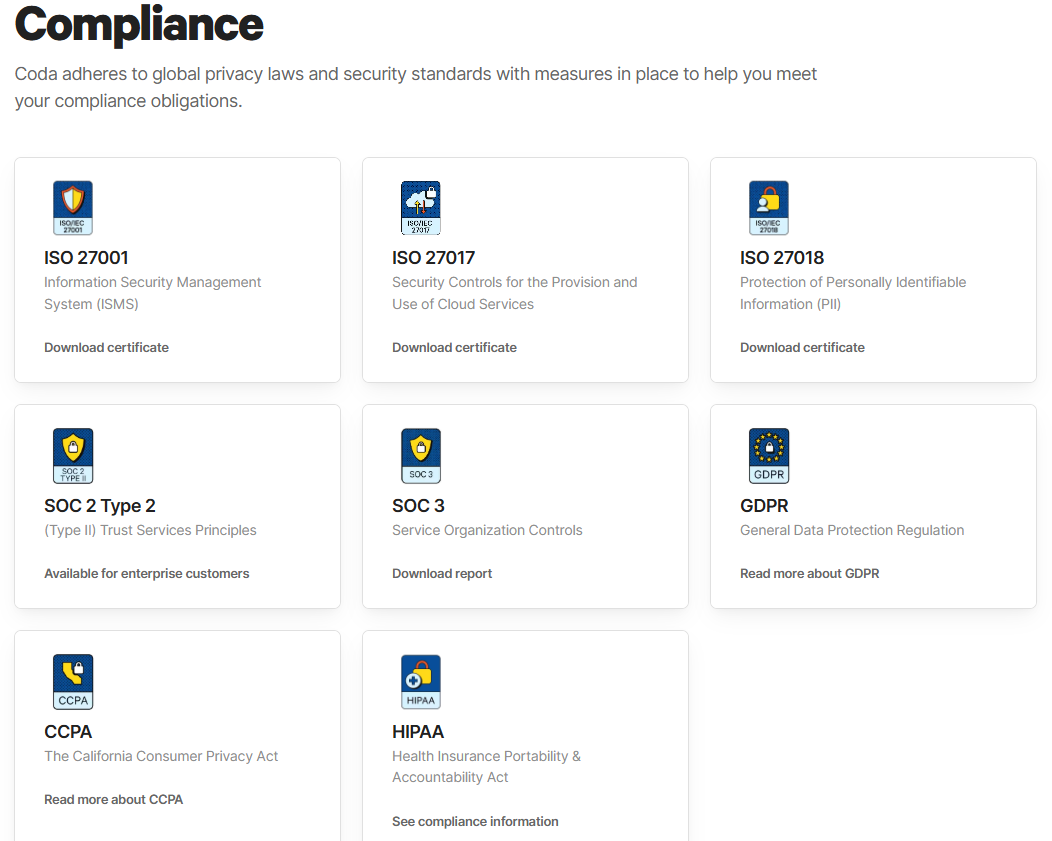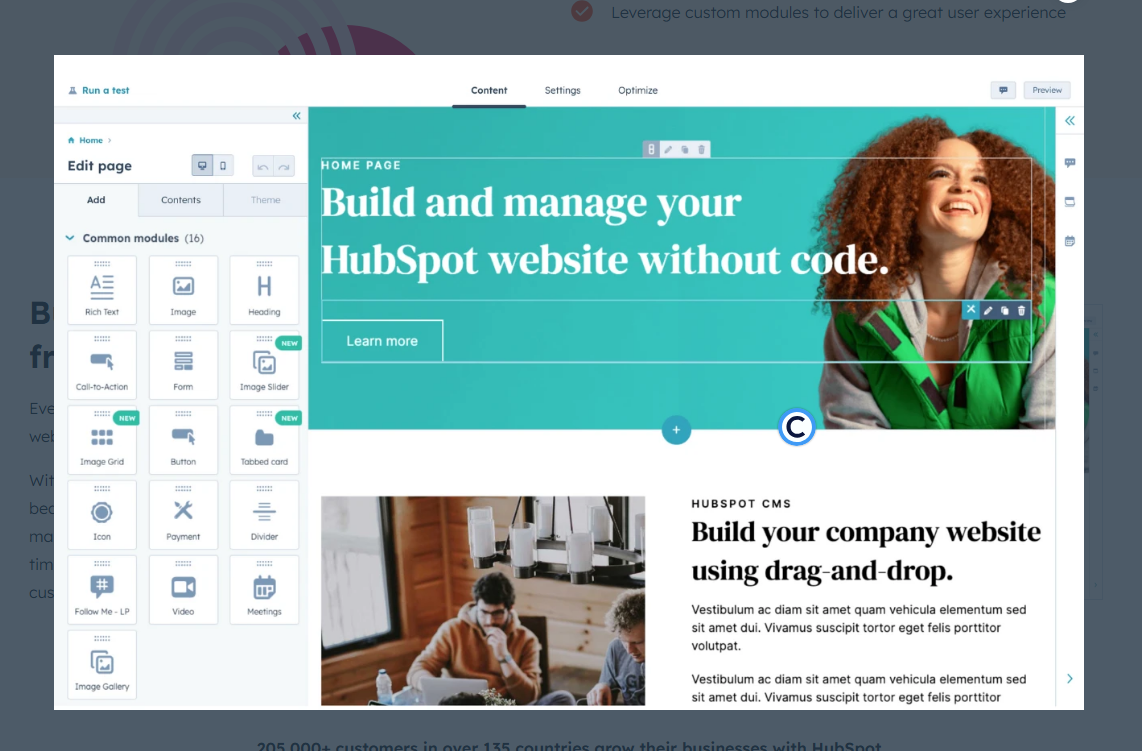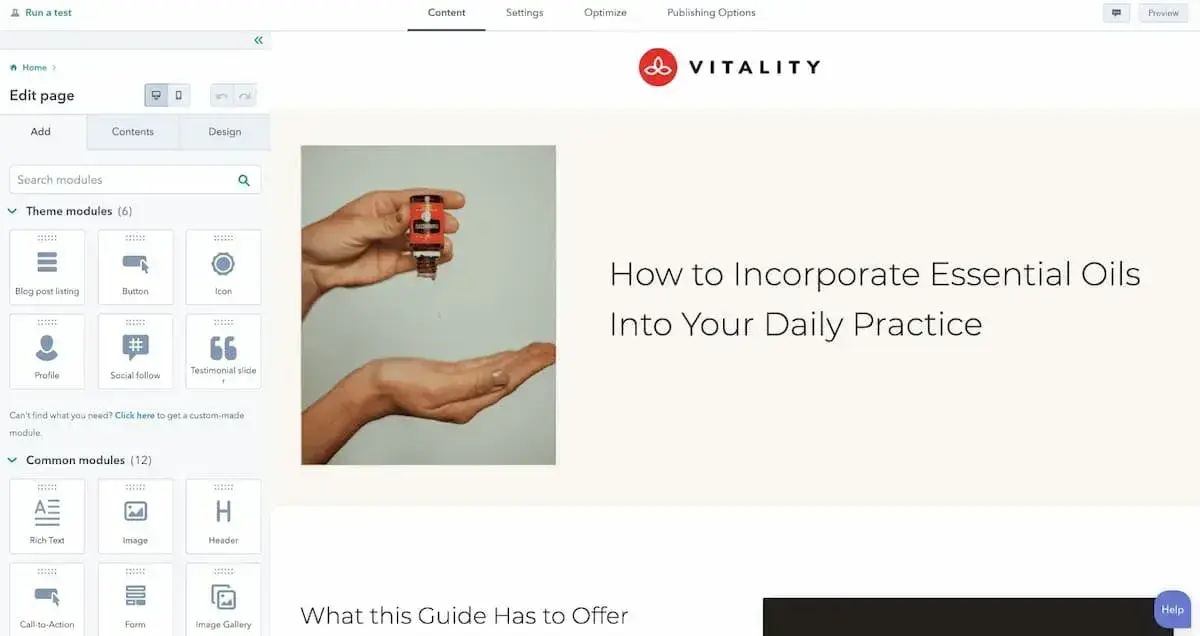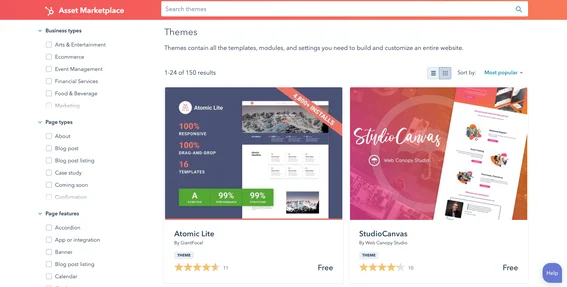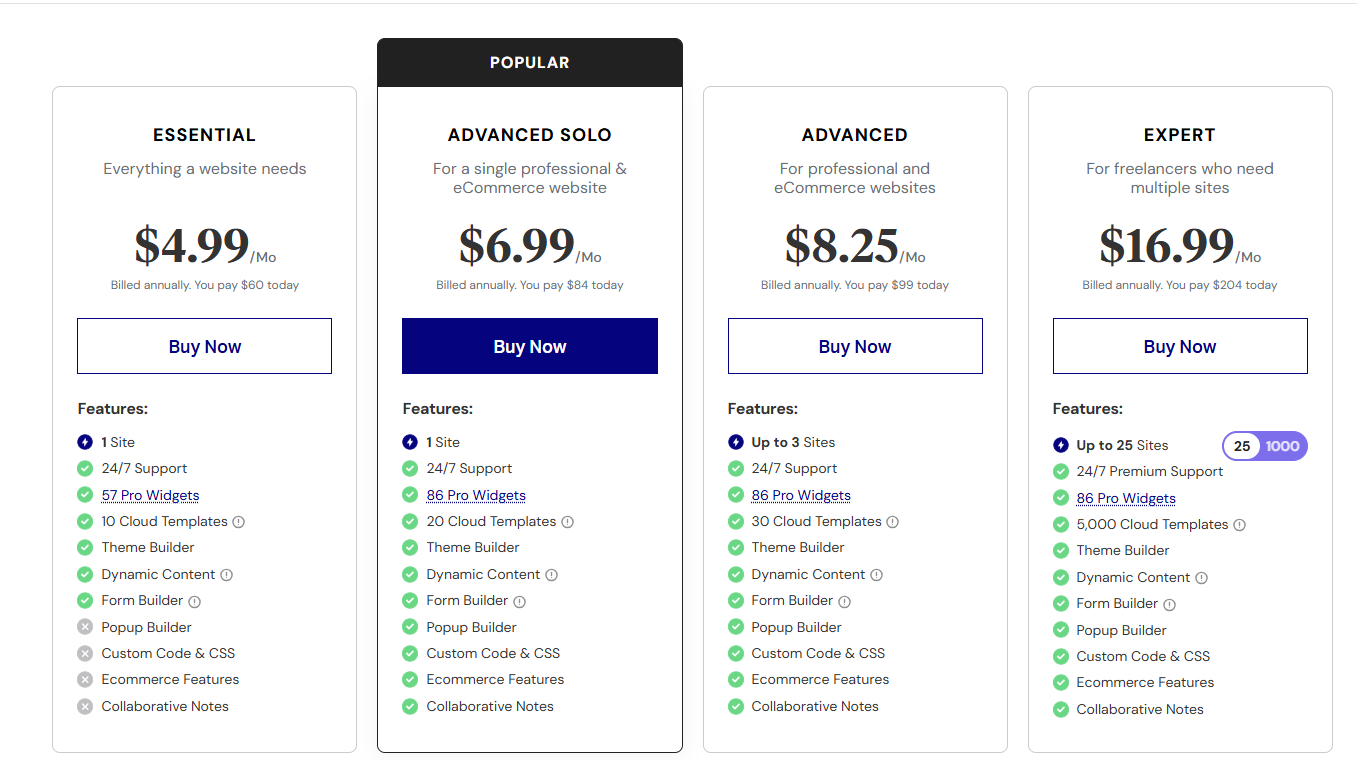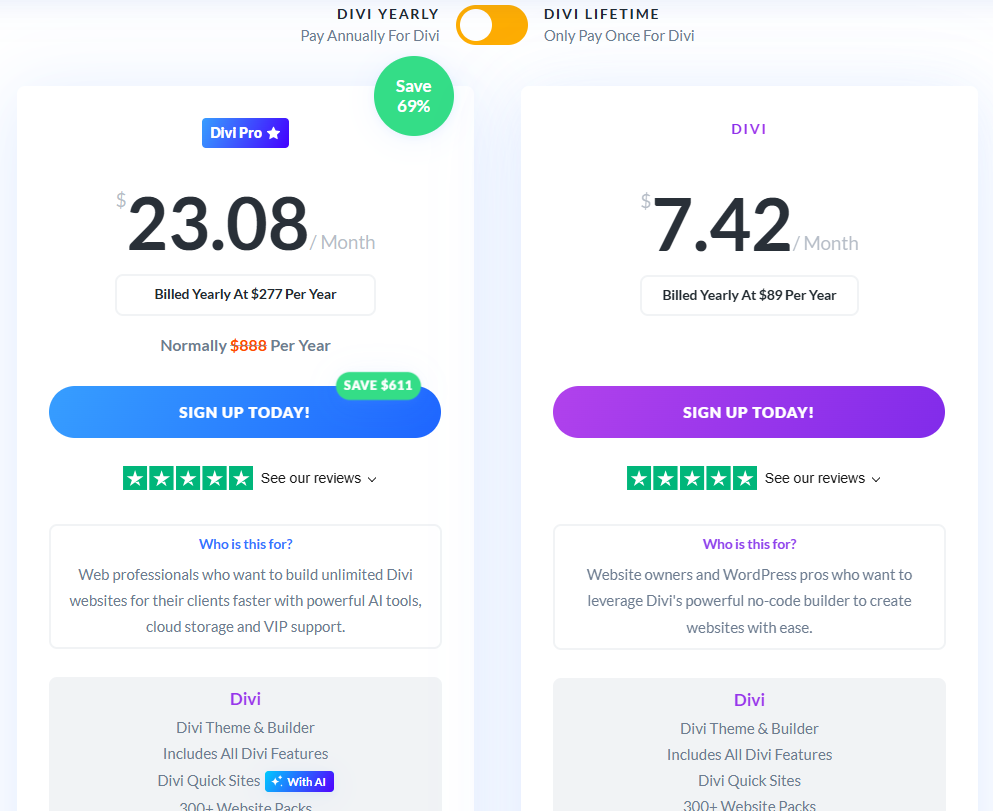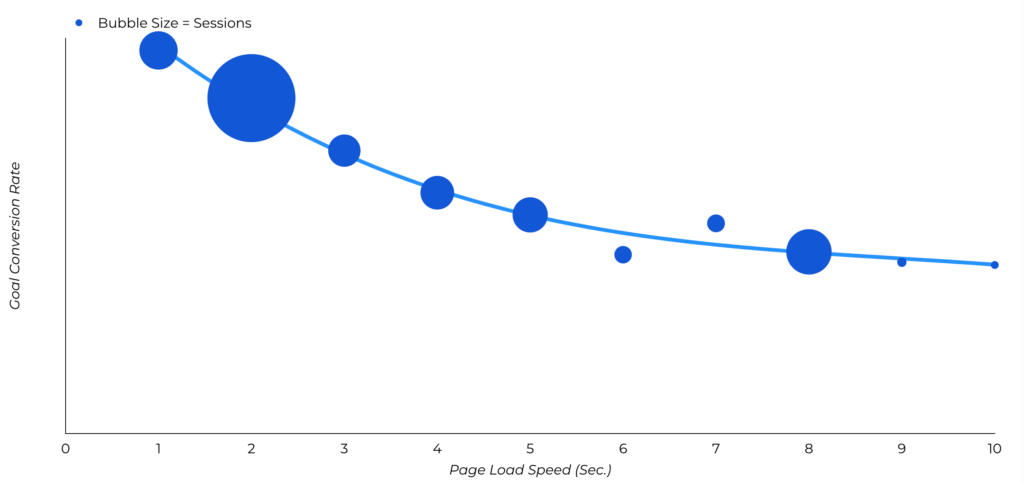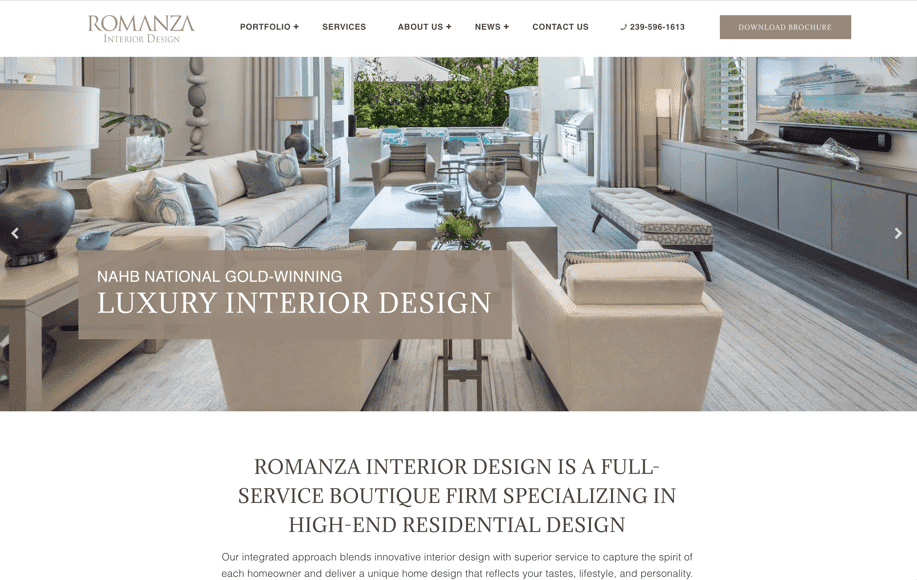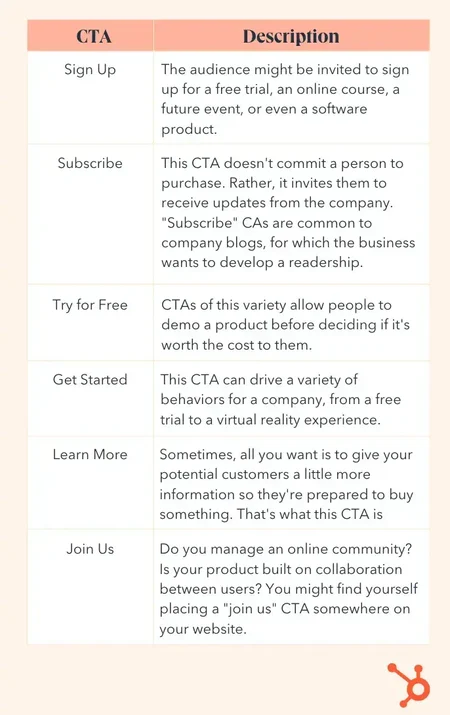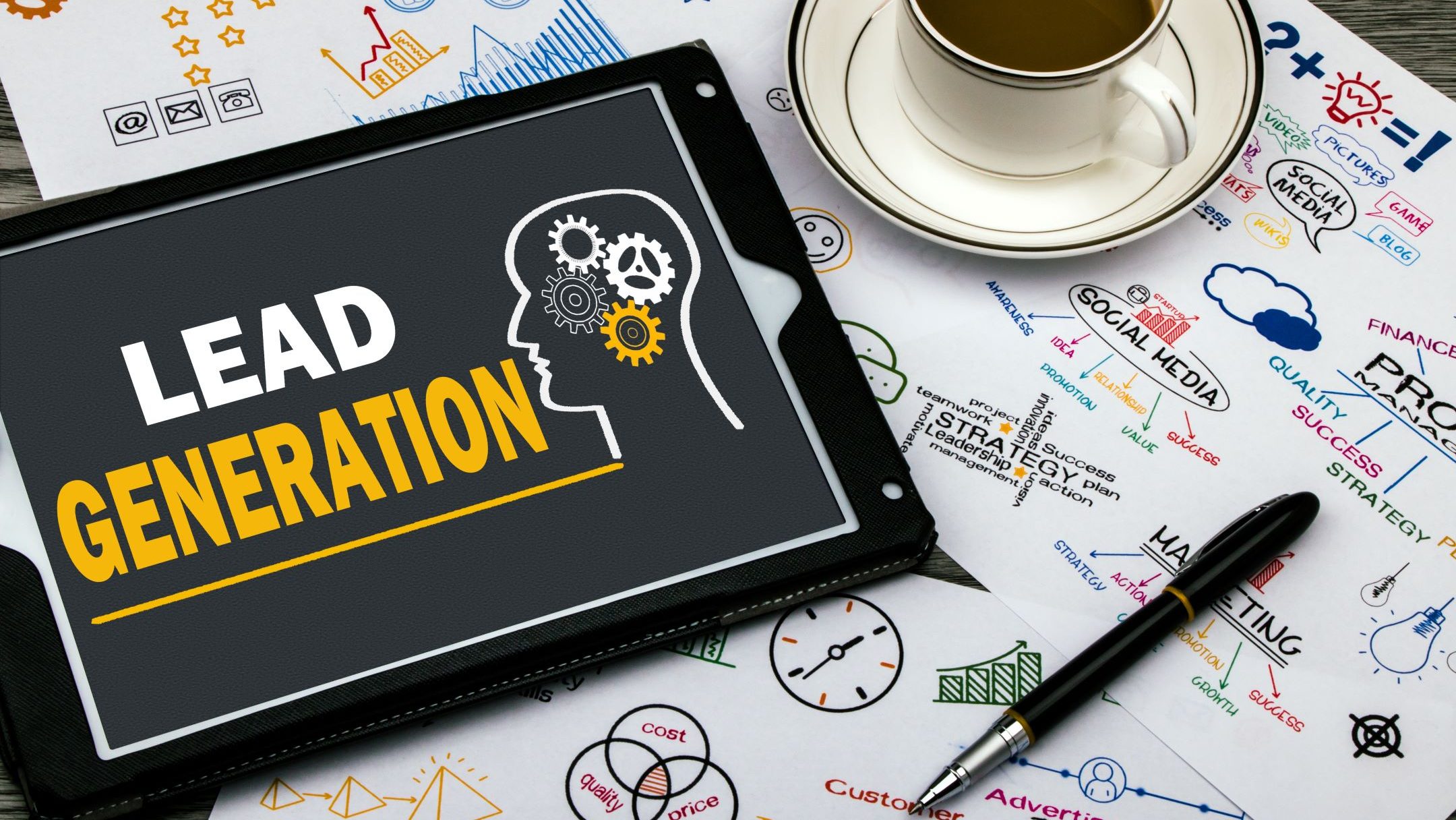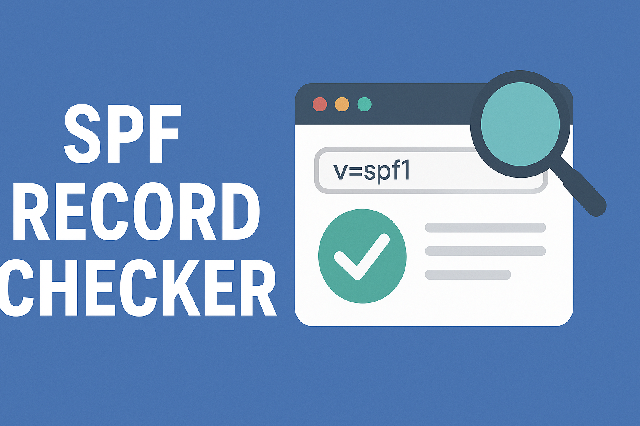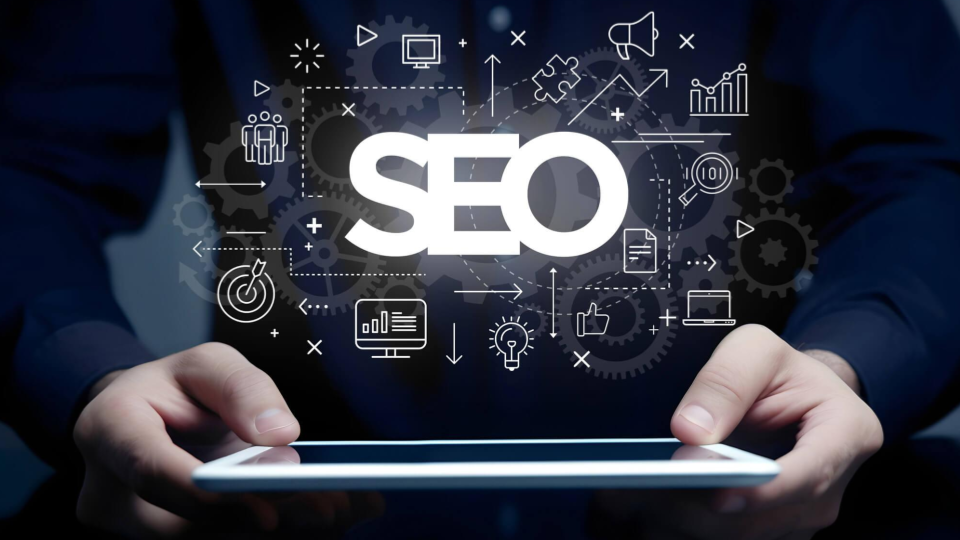Page Builder vs Custom Page
Lead generation remains the backbone of business success in the fast-paced digital age. If you're running an e-commerce store or launching a startup, customers are your key to growth. You must capture and nurture them. When it comes to creating custom pages, there's always a debate. Should you use a page builder or build everything from scratch?
This article will help you choose wisely. We're going to examine the differences between page builders vs custom pages, what each one excels at, and which might be a better fit for your business goals.
What is lead generation?
Lead generation is all about turning strangers into potential customers.
It helps you combine creativity, strategy, and tech to grab attention and turn potential buyers into leads.
The key components of lead generation include:
Attraction: Whether through marketing campaigns, social media posts,, or ads.
Engagement: Providing potential customers with fun offers like blog posts or webinars.
Conversion: Persuading prospects to give you their contact info through forms, calls to action (CTA), or gated content.
In simple terms, lead generation is the bridge between awareness and income. Without it, even the most creative marketing plans will fail to produce tangible business results.
Why is lead generation so important?
With competition rising and growth being a top priority, lead generation is no longer just a marketing tactic. It's become a key part of driving business growth.
Here's why it's more critical than ever in 2025:
Rising customer acquisition costs: Ads are becoming increasingly expensive, so businesses need to spend their advertising dollars more wisely. Quality leads generate resources and lessen the waste of time and effort.
Data-driven decision-making: Analytics tools are our bread and butter for lead generation in modern business. Data lets companies create personalized experiences to increase conversion rates.
Long-term relationships: Good leads stick around and help build trust in your brand.
Businesses that focus on lead generation stay competitive, avoid risks, and grow steadily. A lead generation funnel helps you attract strangers and convert them into customers. It identifies people's interests and encourages them to sign up or make a purchase.
Breaking down the lead generation funnel
A lead-generation funnel is simply the path a prospect follows from “never heard of you” to “loyal customer.” Each stage has a distinct goal and set of tactics, as you can see in this image:
| Funnel Stage | Primary Goal | Typical Tactics (as shown in the image) | What Success Looks Like |
| TOFU — Top of Funnel | Attract new visitors and spark initial interest | Social media posts, podcasts, content marketing, SEM/paid ads, downloadable lead magnets | Increased traffic, new followers, first-time site visits |
| MOFU — Middle of Funnel | Nurture that interest and gather contact details | Lead-capture forms, drip email marketing campaigns, webinars, push notifications | Growing email list, webinar sign-ups, higher engagement rates |
| BOFU — Bottom of Funnel | Convert warm prospects into paying customers | Live chat & chatbots, 1-to-1 consultations, product demos, free trials | Closed deals, trial activations, booked calls or demos |
Why it matters:
Seamless flow: Each stage hands the prospect off to the next, ensuring your hard-won traffic doesn’t leak out of the sales funnel.
Content-channel fit: What works at TOFU (e.g., an entertaining podcast episode) won’t seal the deal at BOFU—where prospects need proof, reassurance, and a friction-free way to buy.
Measurement clarity: Assigning KPIs to each stage (impressions, form fills, demo requests, etc.) lets you pinpoint—and fix—leaks fast.
When you’re choosing page builders vs custom pages, map these stages first. Page builders excel at spinning up TOFU landing pages and MOFU webinar sign-ups in hours. Custom pages can deliver lightning-fast, brand-perfect BOFU experiences (like interactive demos) that tip prospects over the edge.
Challenges in lead generation
Lead generation faces some challenges. To achieve successful campaigns, it is essential to address these challenges. Here are some common challenges that lead generation faces.
Increasing competition
With so many businesses competing for the same audience, you need to be creative and strategic to truly stand out online.
Declining attention spans
Today, it's harder to grab and keep a lead's attention because people's focus is shorter than ever. Visual and concise custom pages need a prominent call to action (CTA). They can also keep users engaged within the page with things like videos or scroll-triggered animations.
Quality vs. quantity
It's tempting to strive to generate a large quantity of leads. But focusing on quality leads is highly effective. Businesses rank their leads to focus on those most likely to buy, thereby avoiding wasted time and money.
Data privacy concerns
With strict laws like GDPR and CCPA, businesses must be transparent about how they use customer information. They may also post their privacy or compliance badges on their pages and use SSL certificates.
What is a page builder?
A page builder is a user-friendly custom website builder tool that simplifies web page design and publishing. Today, come with a drag-and-drop editor. This makes them ideal for individuals without technical expertise.
Some popular page builders include:
- Elementor: Intuitive drag-and-drop interface and a template library.
- Divi: A robust design experience with customizable pre-designed templates. Divi itself is a custom theme.
- WPBakery: It offers design flexibility, allowing you to build a responsive design in WordPress.
And, page builders work best for:
- Rapid campaign launches: Ideal for marketers who need seasonal or short-term custom pages.
- Small businesses and startups: Perfect for teams with tight budgets and limited tech know-how.
- A/B test sessions: The short timeframe enables a quick A/B test of multiple designs to select the one that yields the best results.
What are the benefits of using a page builder?
There are several advantages when using page builders.
Ease of use
Page builders make it easy to create pages by letting you build and see changes in real-time. No technical skills needed. This feature's accessibility makes it ideal for businesses without in-house development expertise.
Here’s an example of a drag-and-drop editor:
Rapid release
If you use built-in templates, you can quickly set up custom pages and maintain complete control over all your content.
Integrative abilities
Lead management becomes smoother because most page builders include CRM integrations. You can also connect them to your email and analytics tools.
For example, the structure used by Elementor integrates seamlessly with those tools in this list:
- Mailchimp, ActiveCampaign (for email marketing)
- HubSpot, Zoho CRM (for managing leads)
- Google Analytics, Facebook Pixel (for tracking performance)
Divi connects easily to:
- Mailchimp, Campaign Monitor (email tools)
- Salesforce, HubSpot (CRMs)
- Google Analytics, Hotjar (Analytics)
Both also support WooCommerce and can connect with Zapier to automate tasks.
Cost-effectiveness
Subscription-based page builders are much cheaper than hiring a customization development team.
For example, Elementor’s pricing plans start at $5 per month.
Divi’s pricing plans start at $7 per month.
What is a custom Page?
Unlike page builders, custom pages are created by developers and designers from scratch. Custom coding is required to develop the desired features.
Built to match a brand's identity with a specific functionality need, they are incredibly unique and perform better. They load faster, work better on search engines, and give visitors a smoother user experience.
P.S. found that a website’s loading time can have a great impact on conversion rates. Let’s say your website takes 1 second to load. Its conversion rate is 3X higher compared to a website that has a loading speed of 5 seconds.
Custom pages are the go-to choice for:
- High-value campaigns: For important campaigns or premium clients, a perfect, custom design is a must.
- Large enterprises: Scalable solutions suit big companies with separate marketing and development teams.
- Brand-driven industries: Fashion, luxury, and art brands rely on unique designs to stay exclusive.
What are the benefits of using a custom page?
Here are some benefits that custom pages offer:
Tailored branding
This includes all the design elements, like the colour scheme and typography. With a custom page, everything will align with your brand identity. Your cohesiveness lends you trust and makes your brand memorable.
Enhanced performance
Unlike page builders, custom pages are optimized for SEO and right from the start. Focusing on mobile optimization also helps improve your lead conversion rate. This includes for example, using large buttons and avoiding adding animations.
Custom pages let you create complex features and personalize the experience. These are something that page builders usually can't handle.
How does content help with lead generation?
Lead generation is about creating content that catches people’s attention and helps turn interested visitors into customers. Here’s how it works at different stages of the process:
Copywriting
We already know that copywriting is not about selling; it's about telling a story. If we craft headlines, CTAs, and messages that really speak to our audience's pain points, we'll get better conversion rates.
Try using clear, action-driven phrases like "Get Your Free Templates" to create urgency and encourage people to act right away.
Visual content
Using high-quality images, videos, and infographics doesn't just make custom pages look better. It also helps boost engagement.
(According to , if you attach an image to your Facebook post, you’re more likely to get more than double the engagement rate compared to posts without visuals).
Infographics get shared three times more often than other types of content.
Videos boost conversion rates by breaking down complex products into easy-to-understand clips. Using tools like React.js, you can create interactive forms that help customers decide quickly and smoothly.
A can add cool features like dynamic forms and animations to make your pages more engaging.
SEO-optimized content
When it comes to content creation, we focus on strategic keywords to rank well in search engine results. However, this doesn't mean you should keyword-stuff content and create subpar content just to get listed.
Thought leadership content
Whitepapers, case studies, and e-books can attract quality leads and show you're an expert. They help visitors learn while building trust in your brand.
Page builder vs custom page: Which is better for lead generation?
Choosing the right build method can make or break your lead-gen targets, so focus on how each option influences five things that truly move the needle:
1. Cost and speed
Page builders run on low monthly fees and ship in hours, making them perfect for time-sensitive campaigns with limited budgets. Custom pages demand a larger, one-off investment and a longer build cycle. But that spend buys you total design freedom and code optimised for conversions.
2. Performance
Pre-packaged builders often carry extra code that can slow load times—an SEO and user experience penalty that negatively impacts form fills. Hand-coded pages are lean by design, delivering faster renders, and higher quality scores for paid traffic. These also ensure that your site offers a smooth experience when implementing mobile optimization tips, like ensuring buttons are within the user thumb’s reach.
3. Branding and flexibility
Drag-and-drop templates get you “good enough” branding fast. If your offer hinges on a distinctive look, micro-interactions, or interactive demos, a custom build is the only way to achieve pixel-perfect brand consistency.
4. Scalability
Page-building tools are ideal for small-to-mid-size traffic loads or single-purpose landing pages. As your sales funnel grows, your business is ready to scale. You can offer multilingual support, more personalization, and complex integrations.
5. Maintenance
Builder vendors handle updates and security patches automatically. Custom code requires ongoing development attention, but this control allows you to fine-tune every element of the user journey as performance data becomes available.
Buyer’s guide: Page builder vs. custom pages
Choosing between a page builder vs custom pages really depends on what your business needs and the resources you have. This guide will help you determine which option is the most suitable for you.
Assess your budget
- Page builder: These tools are affordable, providing a good option for small businesses and startups on a budget.
- Custom pages: Although they carry higher upfront costs, an enterprise that prioritizes scalability often makes up for it with a higher long-term return on investment (ROI).
Define your goals
- Short-term campaigns: Page builders work great for quick projects like seasonal sales or event promos.
- Long-term branding: Custom pages give businesses a unique look that matches their brand and prestige. For companies looking to grow long-term with advanced features, can help ensure the platform is tailored to business needs and growth goals.
For companies aiming to grow and build their brand, a might suggest custom pages to help with leads.
Technical Expertise
- Page builder: User-friendly interfaces make perfect sense for teams without in-house development skills.
- Custom pages: They require technical skill but can serve more features and integrations in exchange. If we have technical expertise, we can build user-friendly interfaces in custom pages too.
Scalability
- Page builder: For small to medium-sized businesses that are not complicated.
- Custom pages: Built from scratch, these pages can include any feature you need, like custom opt-in pages that sync directly with your email marketing campaign. This ensures that every new lead is automatically added to your campaign.
Maintenance and updates
- Page builder: The vendor handles updates, ensuring the page builder continues to function smoothly and add new features without interruption.
- Custom pages: May require dedicated resources for ongoing maintenance, especially if you need to scale or integrate with new technologies.
Wrapping up
Neither option is “one-size-fits-all”; the right choice hinges on what you need right now and where you’re headed next.
Page builders shine for small-to-mid-sized teams that must launch quickly and keep budgets lean. Drag-and-drop editors and proven templates mean you can test offers, gather data, and iterate in days—not months.
Custom pages pay off when brand precision, lightning-fast performance, and future-proof scalability are non-negotiable. The larger up-front investment yields a frictionless user experience and the freedom to build exactly what your funnel demands.
(Consider features like CRM integrations, conversion features, and whether you’re looking for a drag-and-drop interface).
Before you commit, map your resources, timeline, and growth goals to the strengths of each approach—and you’ll walk into 2025 with the lead-generation engine that actually fits.
Ready to turn more clicks into customers? Start a free trial of LeadGen App and see how easy high-converting lead gen forms can be.



